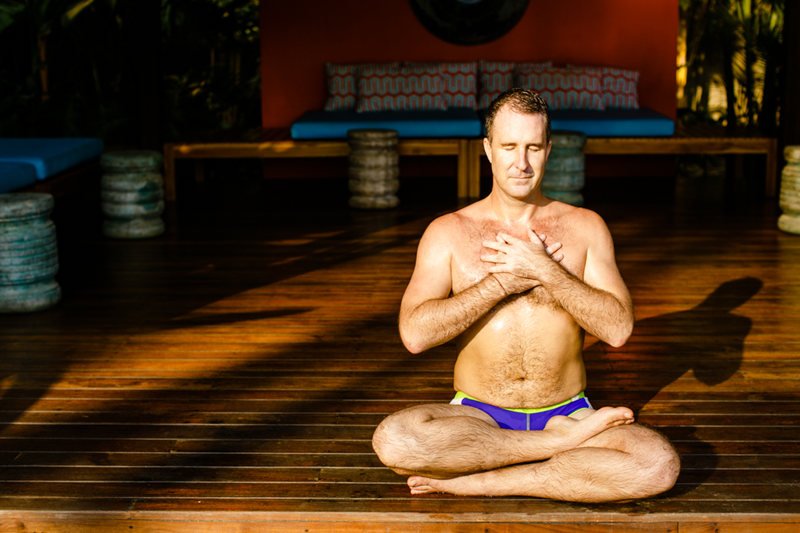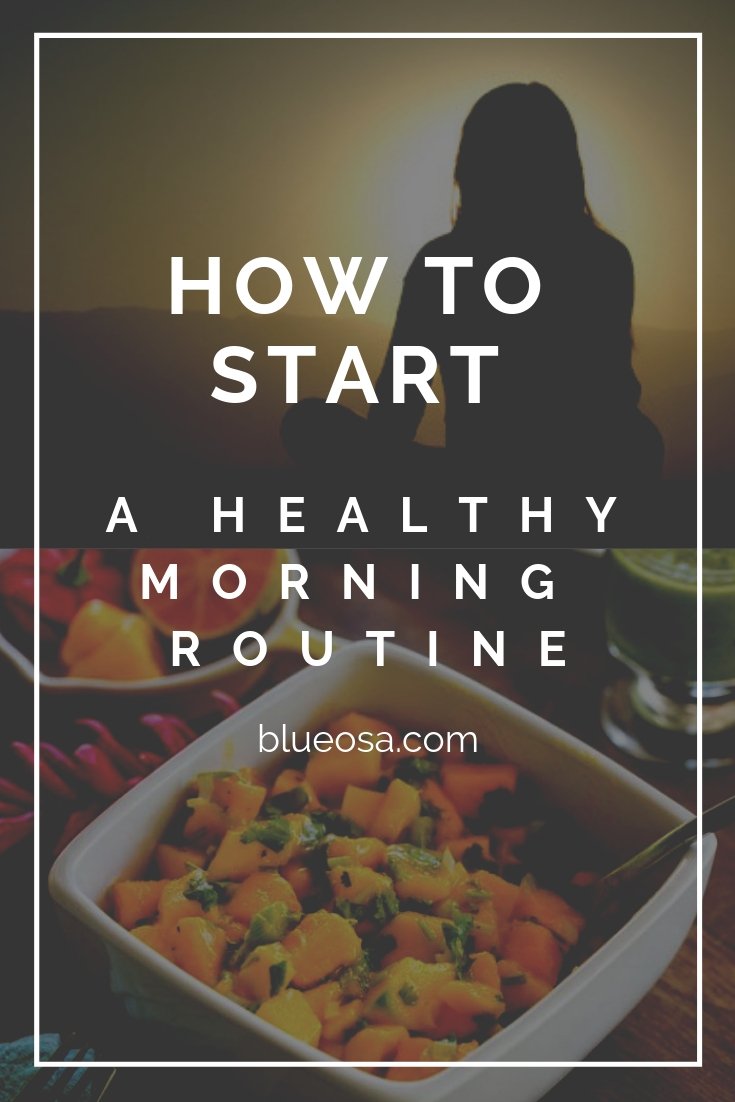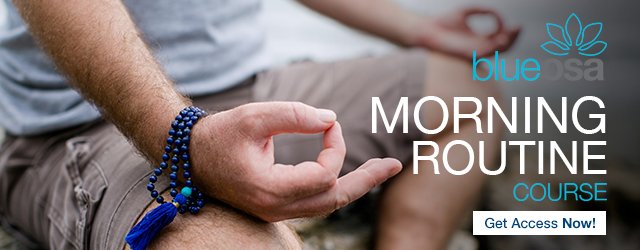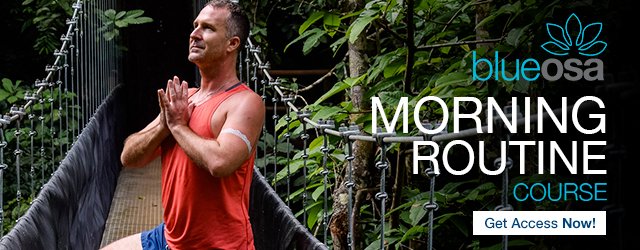Do you have a morning routine? Probably not.
If your typical morning involves hitting the snooze button, grabbing something for breakfast, and rushing out the door, you’re not alone.
Most of us live time-poor and responsibility-filled lives. But when we start the day in a stressed state, we end up losing out overall. Fortunately, creating a consistent morning routine is one of the easiest ways to turn this around. By improving our morning habits, we can significantly boost our health, happiness, and productivity.
The Importance of Morning Routines
Most people are at their most productive first thing in the morning. You’re rested, refreshed, and ready to go. And when you create a routine that nurtures that energy, it can help you to stay focused for longer throughout the day.
But creating a morning routine isn’t about fitting in extra work tasks before breakfast.
Instead, it’s about starting your day in a confident and peaceful state of mind. So although establishing a morning routine might take some dedication, the benefits are absolutely worth it.
Physical Benefits Of A Morning Routine

Establishing a morning routine is a great opportunity to exercise more.
Instead of scrolling through social media for 30 minutes, you could develop a morning yoga practice or go for a refreshing walk.
It could even be as simple as dedicating five minutes to stretching. However you decide to do it, moving intentionally in the morning is a positive way to start your day.
Sticking to a routine also means you’ll have more time for a nutritious breakfast. A healthy breakfast helps to regulate blood sugar and energy levels, making it easier to focus. And when breakfast is part of your routine, you’re less likely to grab a cereal bar or sugar-filled drink on the go.
For many of us, finding ways to reduce stress is a major concern. Cortisol, the stress hormone, has been linked to health issues and research has shown that workplace stress can be as damaging as secondhand smoke. By establishing a consistent morning routine, you can give yourself the chance to intentionally look at your workday.
If you prioritize tasks and break each one down into manageable steps, you might find that you can approach your day with less stress and more confidence.
Emotional Benefits
Feeling good in the morning has far-reaching emotional benefits.
Constant rushing makes it easy to feel overwhelmed, stressed, and frustrated. And when everything seems out of control, it can be hard to feel confident in your own abilities.
By setting a positive tone for the day, a consistent morning routine can help you to feel more productive and in charge of your own schedule.
According to studies, willpower is highest in the mornings. And because our self-control typically decreases during the day, early morning is the best time to get things done. So whether your routine involves exercise, relaxation, or reading, accomplishing something in the morning is a powerful way to start your day.
Routines of Successful People
Benjamin Franklin (A Founding Father of the US)
Benjamin Franklin, who showed a keen interest in self-improvement, followed a detailed routine. Although Franklin’s hectic work schedule sometimes disrupted his routine, his plan included specific times for sleeping, working, and eating. And Franklin’s mornings began with the powerful question,
“What good shall I do this day?”.
Evan Williams (Founder of Blogger, Twitter, and Medium)
There’s no one perfect routine and Evan Williams is a great example of this. Evan discovered that as his focus was highest early in the day, his mornings were best spent working. So he swapped his routine around and started to take afternoons off to visit the gym. For him, leaving the office mid-afternoon was beneficial to his productivity. It allowed him to accomplish what he needed to do while maintaining his energy and focus. This is why tweaking your routine to suit your own energy levels is essential. As Evan explained,
“You’ll get more done if you work according to your circadian rhythm instead of working 9-5pm.”
Tim Ferris (Podcaster, Author, and Entrepreneur)
Regularly questioned about his routine, Tim Ferris has explained that he likes to keep it as flexible as possible. According to Tim, his weekdays rarely look the same. But he does stick to a couple of general rules – he asks his assistants to avoid taking phone calls on Mondays and Fridays, in case he chooses to take a long weekend. And he usually devotes Mondays to preparation, prioritization of weekly tasks, and admin. Tim also explains that he schedules very few things in his calendar to avoid multitasking. Tim’s ethos is that
“The goal is to spend as much time possible doing what we want by maximizing output in minimal time.”
Blue Osa’s Five Recommendations For a Healthy Morning Routine
If you’re thinking about creating your own morning routine, we have some ideas to get you started.
1. Keep your phone away from your bed

Keeping your phone on your nightstand makes it far too easy to grab it in the mornings for some aimless scrolling. Checking news sites and social media isn’t the most positive way to start the day. And staying disengaged for as long as possible after waking feels refreshing. Cutting down on screen time is also a great way to free up space for exercising, meditating, or preparing for your day.
2. Set a positive tone for the day
Setting a positive tone for the day can be as simple as repeating your favorite mantra. Or it might involve a short meditation, five minutes of journaling, or practicing an effective relaxation technique. Doing something positive for yourself first thing is incredibly powerful – it can put you in a great state of mind for the rest of the day.
3. Focus on your breathing pattern

As daily tasks pile up, it’s easy to lose sight of the importance of slowing down. Breathing exercises are one of the most effective ways to connect with the present and calm the mind. So as part of your morning routine, spend a few minutes focusing on your breathing. 1:1 Breathing, Alternate Nostril Breathing, and Sun Breath are three highly effective techniques that are suitable for beginners. And each one will help you start your day in a fresh and energized state of mind.
4. Get moving
Make the most of your peak in willpower by incorporating exercise into your morning routine. You don’t need hours to do this – you could flow through a 30-minute yoga routine, go for a run near your home, or follow a short workout. Get moving in the morning and your body will thank you.
5. Eat a nutritious breakfast

A good breakfast doesn’t have to be elaborate or time-consuming. It can be as simple as oatmeal with blueberries, a green smoothie, or a couple of poached eggs. But eating a nutrient-dense breakfast in the morning will give you the energy you need to have a productive, successful day.
Health experts, entrepreneurs, and coaches now agree that a structured morning routine can help us to achieve success in our daily lives. What that routine involves, and how strictly you follow it, is up to you. But no matter what you decide, simply starting your day on a positive note has the potential to increase your overall health, happiness, and productivity.
Pin It For Later!











